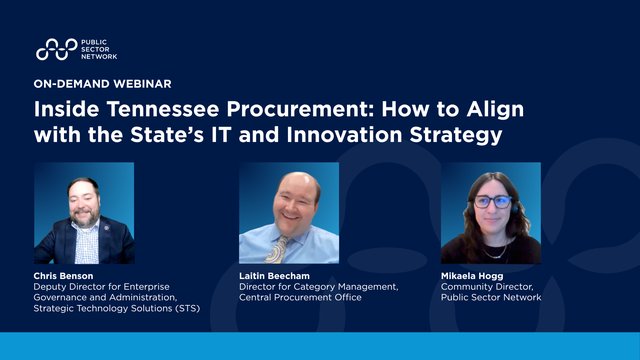Plans in most industries and organisations are important. They set the strategic direction and goals to work towards, and are often necessary for staff engagement and development. Jeanne Weissl , the Director of Strategic Human Resources at the BC Ministry of Children and Family Development, says that most organisations will agree that people are their biggest resource, but some of them don’t have a workforce plan. “Why would you go through the process of determining what your workforce needs are and then not set up a plan?” In truth, it is likely that most organisations do have a workforce plan, “but maybe they’re calling it something different.”
People, culture and HR plans
A people plan, a people and culture plan or an HR plan are all part of the same thing. Yet some organisations claim that they “don’t have time for such a plan, or it’s too much work.” It is true that the process to create a plan can be lengthy, but it is equally true in almost all cases that not having a workforce plan of some kind is worse. Without a strategic direction, there is a higher chance of “turnover, unengaged and unhappy employees, stress and workload pressures, increased leave, and most importantly, a lowered return on investment.” Attracting and training staff is often a long and detailed process, so having them leave “is a huge investment that we’re losing.” At the same time, “it could be worse if those folks stay and are unhappy.” Workforce planning is therefore necessary.
“My definition of a strategic workforce plan is that it’s a purposeful, planned, evidence-based and strategic approach to aligning your workforce and your talent with the current and future business needs. It includes current and future needs because we want to make sure that we are doing things for the folks that we have with us now, but also bringing in the correct talent base and information for folks coming to join us in the future.”
Workforce planning is about inclusion
The current and future states are both important, and workforce planning is about ensuring that all staff are made to feel welcome. The process is about “solidifying your business’s ability to keep key positions filled and having an identified talent pipeline to meet those business objectives.” All positions are of course important, but some positions are key and without them, an organisation can’t function. For instance, positions related to “health and safety priorities or those with a special link to the mandate of the organisation,” like surgeons in a hospital or police commissioners in rural areas. Some are hard to fill and some a very niche specialists, so having a talent pipeline is crucial.
For many people, though “salary and benefits are critical,” they are only “one small aspect. More importantly is how current employees speak about their employers.” In other words, what is the reputation of the organisation and is it seen as a good place to work? Workforce planning is therefore also about “engaging current employees at all levels and providing development opportunities for them to want to stay.” Moreover, though sometimes missing, workforce planning should also be about “strategies to ensure that there is diversity, equity and inclusion at all stages of the employee lifecycle.” In some departments in Canada this means having “an entire team dedicated to Indigenous recruitment and cultural safety.”


































